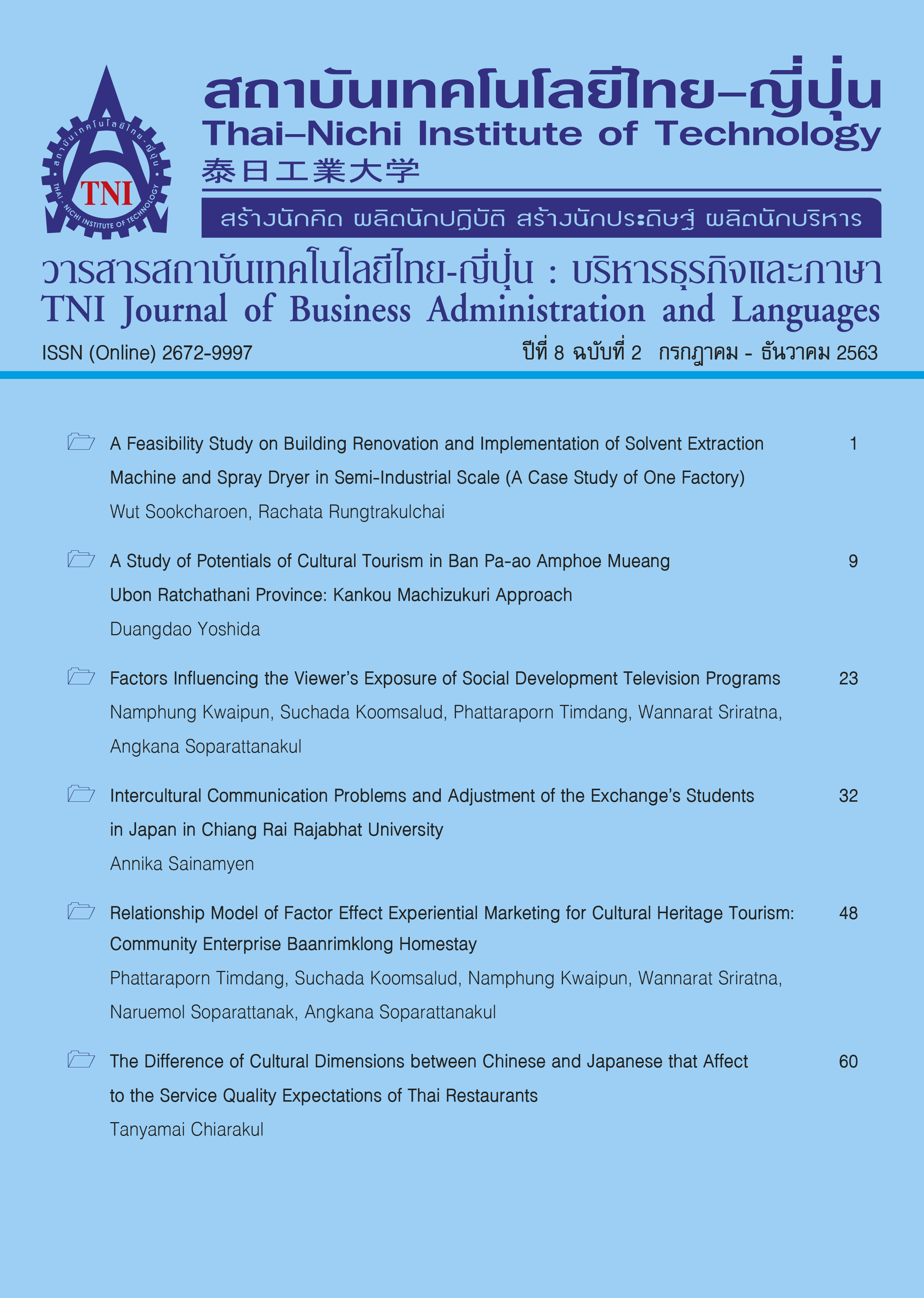The The Well-being and Organizational Commitment of Private Sector Personnel in Cha Am and Hua Hin Areas
Main Article Content
Abstract
The objectives of this research were 1) to study the level of organizational commitment of private sector personnel, 2) to study the personal factors affecting the organizational commitment of private sector personnel, and 3) to study the relationship between the well-being and organizational commitment in Cha-am and Hua Hin areas. The samples used in this study were the personnel from private sector organizations in Cha-am and Hua Hin such as hotels, resorts, shopping malls and shops, totaling 400 people. Questionnaires were used to collect data. The statistics used for data analysis were frequency, percentage, mean, chi-square standard deviation and multiple regression analysis at the significance level of 0.05.
The research results showed that most private sector personnel were female, aged between 31-40 years old, holding a bachelor's degree, single, earning monthly income between 15,001 - 25,000 baht, 1 - 5 years of work experience had an overall high level of well-being and organizational commitment. Personal factors such as position, age, education level, monthly income and work experience affecting the organizational commitment at the statistical significance of 0.05. The 4 aspects of well-being: 1) the communication relationship, 2) the dedication and devotion to work, 3) the career success and achievement, and 4) the work recognition were highly related to the organizational commitment at the size of 0.765, and the well-being of the four aspects could explain the change of the organizational commitment at 57.20 percent.
Article Details
Article Accepting Policy
The editorial board of Thai-Nichi Institute of Technology is pleased to receive articles from lecturers and experts in the fields of business administration, languages, engineering and technology written in Thai or English. The academic work submitted for publication must not be published in any other publication before and must not be under consideration of other journal submissions. Therefore, those interested in participating in the dissemination of work and knowledge can submit their article to the editorial board for further submission to the screening committee to consider publishing in the journal. The articles that can be published include solely research articles. Interested persons can prepare their articles by reviewing recommendations for article authors.
Copyright infringement is solely the responsibility of the author(s) of the article. Articles that have been published must be screened and reviewed for quality from qualified experts approved by the editorial board.
The text that appears within each article published in this research journal is a personal opinion of each author, nothing related to Thai-Nichi Institute of Technology, and other faculty members in the institution in any way. Responsibilities and accuracy for the content of each article are owned by each author. If there is any mistake, each author will be responsible for his/her own article(s).
The editorial board reserves the right not to bring any content, views or comments of articles in the Journal of Thai-Nichi Institute of Technology to publish before receiving permission from the authorized author(s) in writing. The published work is the copyright of the Journal of Thai-Nichi Institute of Technology.
References
Buchanan, B. (1974). Building organizational commitment: The socialization of managers in work organizations. Administrative Science Quarterly, 19(4), 533-546. doi:10.2307/2391809
Cochran, W. G. (1963). Sampling technique (2nd ed.). New York: John Wiley and Sons Inc.
Elizur, D., & Sagie, A. (1994). Facets of human values: Definition and structure of work values and general life values. (WORC Paper). WORC, Work and Organization Research Centre.
Greenberg, J., & Baron, R.A. (1993). Behavior in organization: Understanding and managing the human side of work. (4th ed.). Boston: Allyn & Baron.
Krishnan, V. R. (2005). Leader-member exchange, transformational leadership, and Value system. Electronic Journal of Business Ethics and Organization Studies, 10(1), 14-29.
Manion, J. (2003). Joy at work!: Creating a positive workplace. Journal of Nursing Administration. 33(12), 652-659.
Meyer, J. P., Allen, N. J., & Smith, C. A. (1993). Commitment to organizations and occupations: Extension and test of a three-component conceptualization. Journal of Applied Psychology, 78(4), 538–551.
Miner, J. B. (1992). Industrial – organization psychology. New York: The State University of New York at Buffalo.
Morrison, R. S., Jones, L., & Fuller, B. (1997). The relation between leadership style and empowerment on Job satisfaction of nurses. Journal of Nursing Administration, 27(5), 27-34.
Porter, L. W. (1974). Organizational commitment, job satisfaction and turnover among psychiatric technicians. Journal of Applied Psychology, 59(12), 603-609.
Somers, M. J. (1995). Organizational commitment, turnover and absenteeism: An examination of direct and Interaction effects. Journal of Organizational Behavior, 16(1), 49-58.


